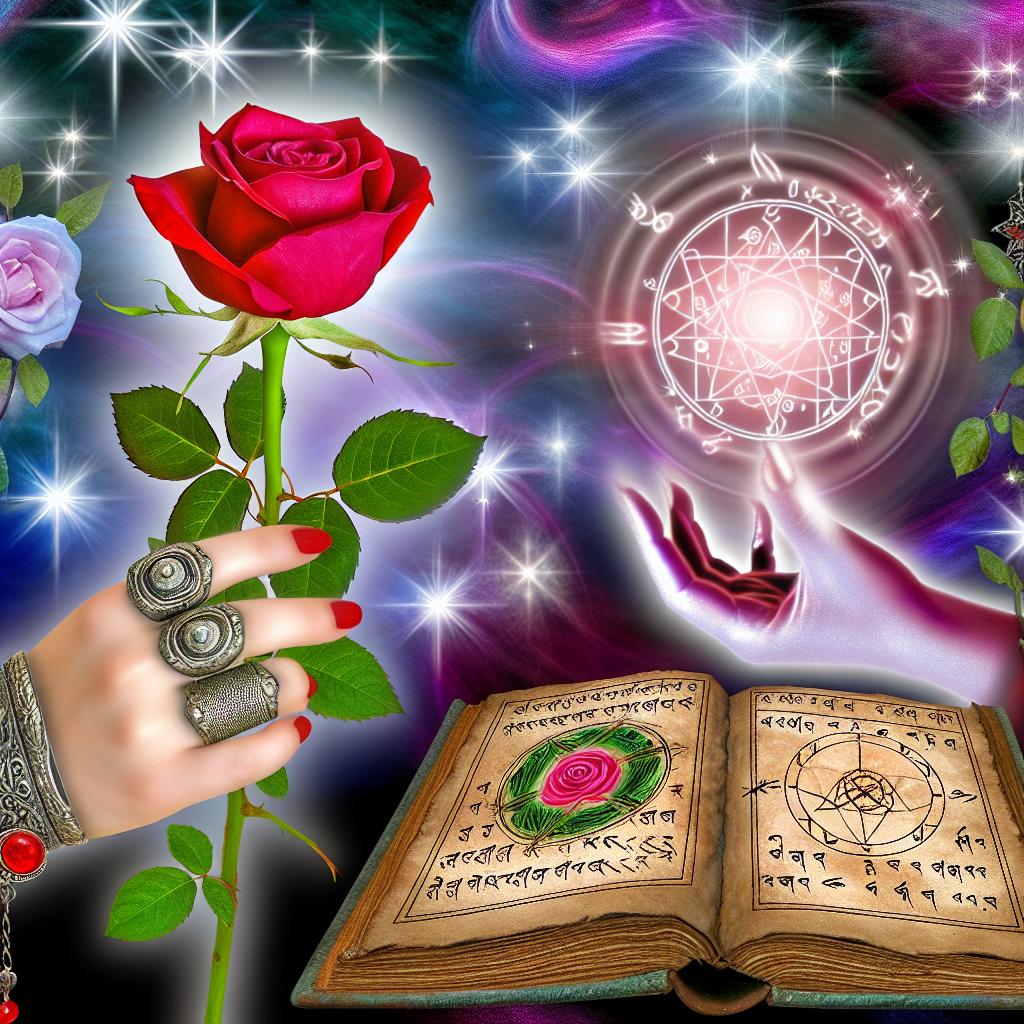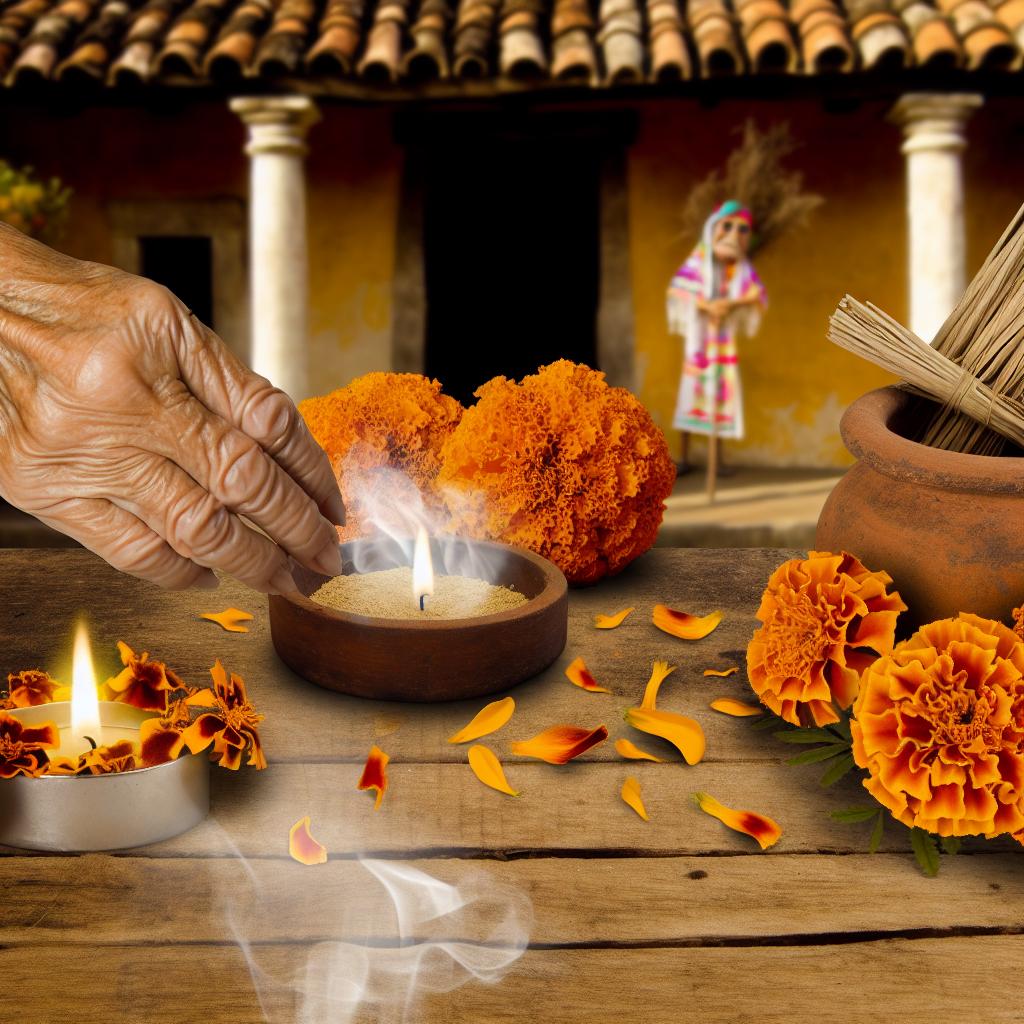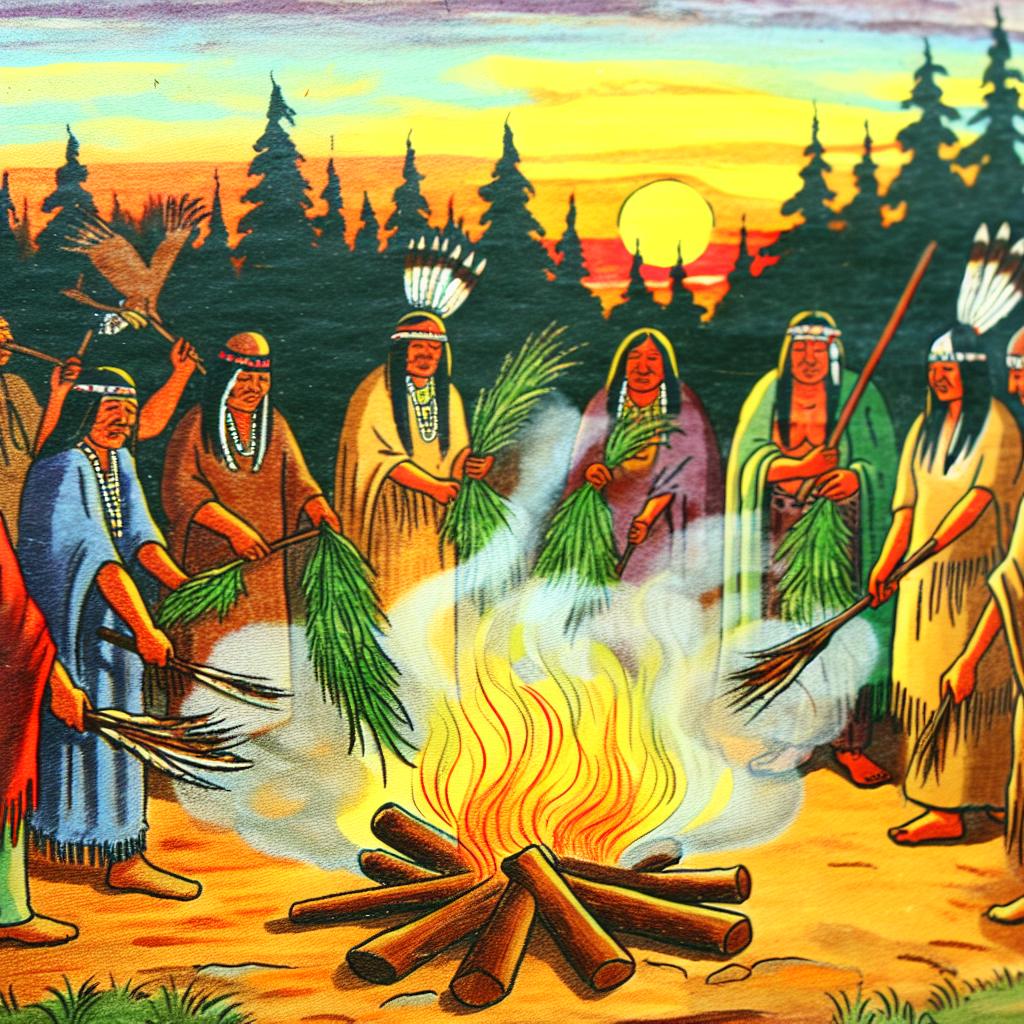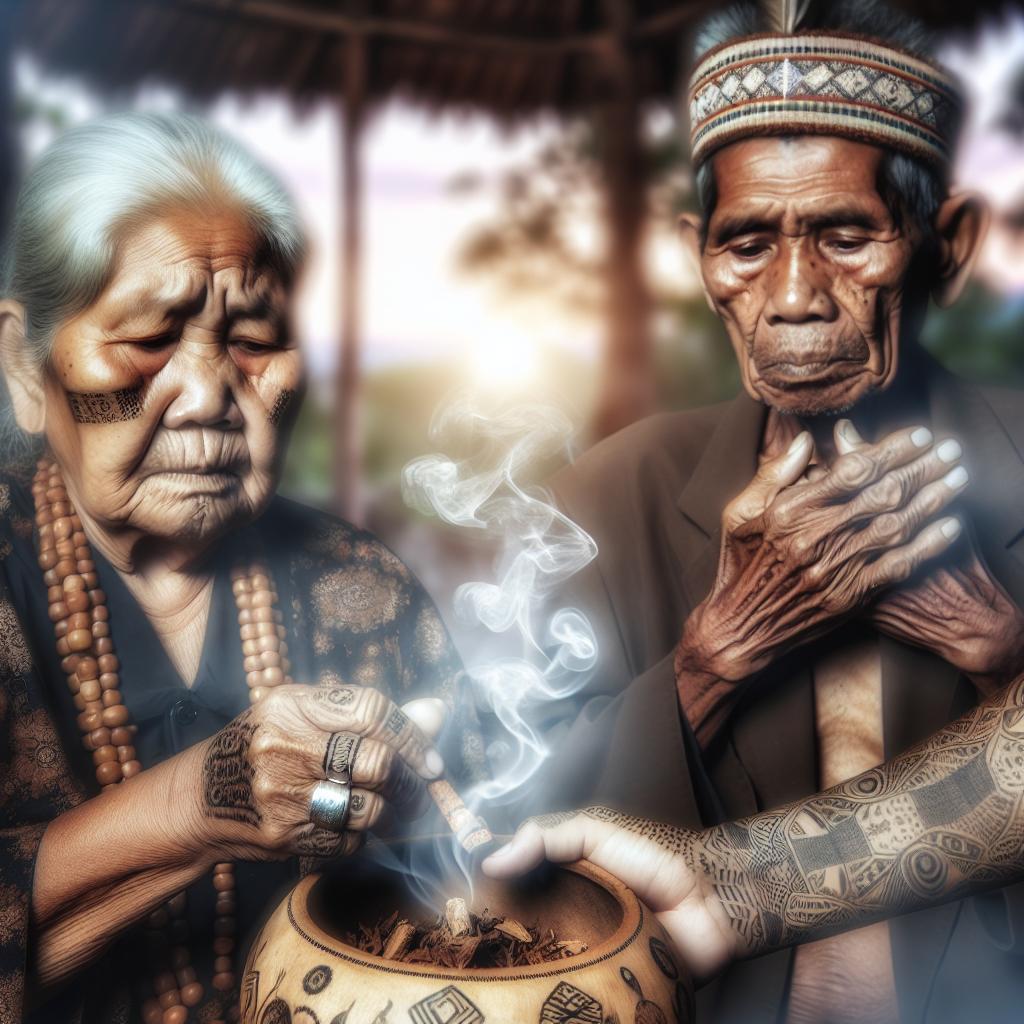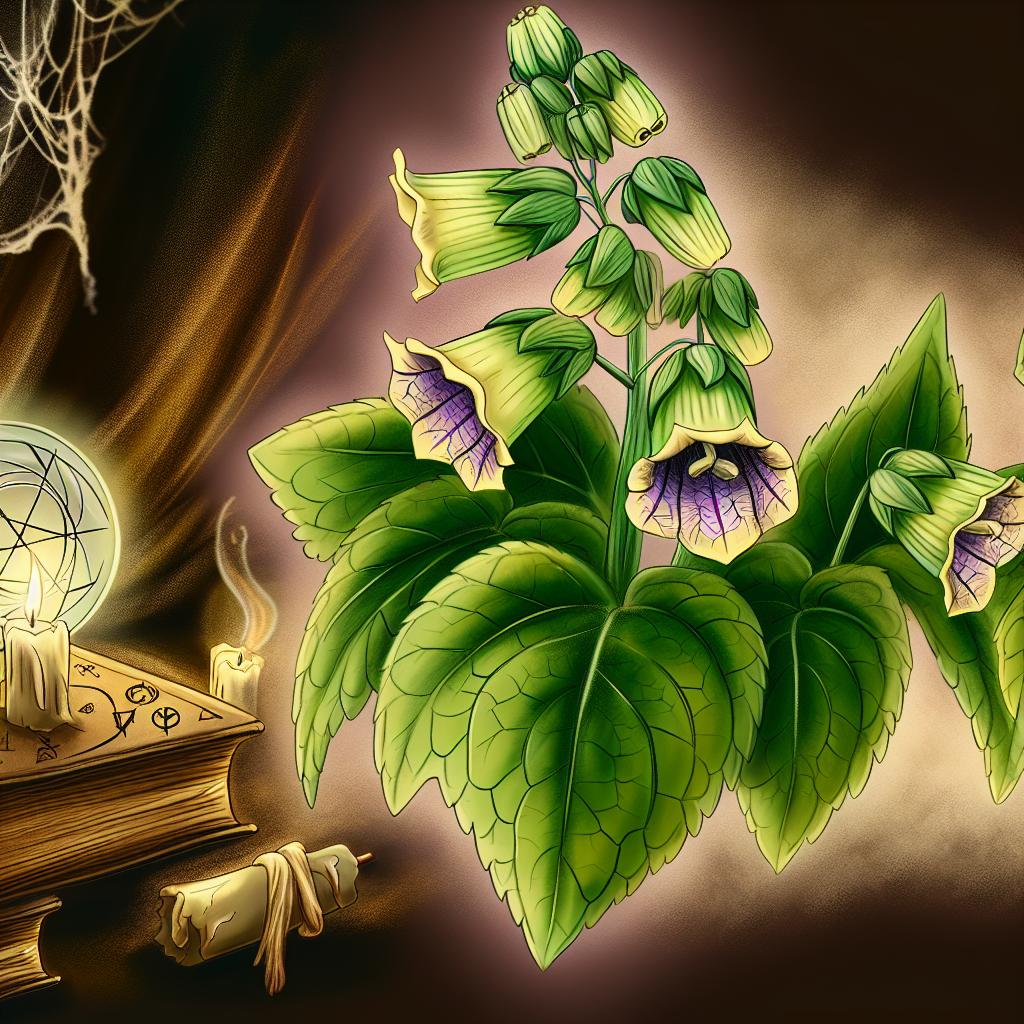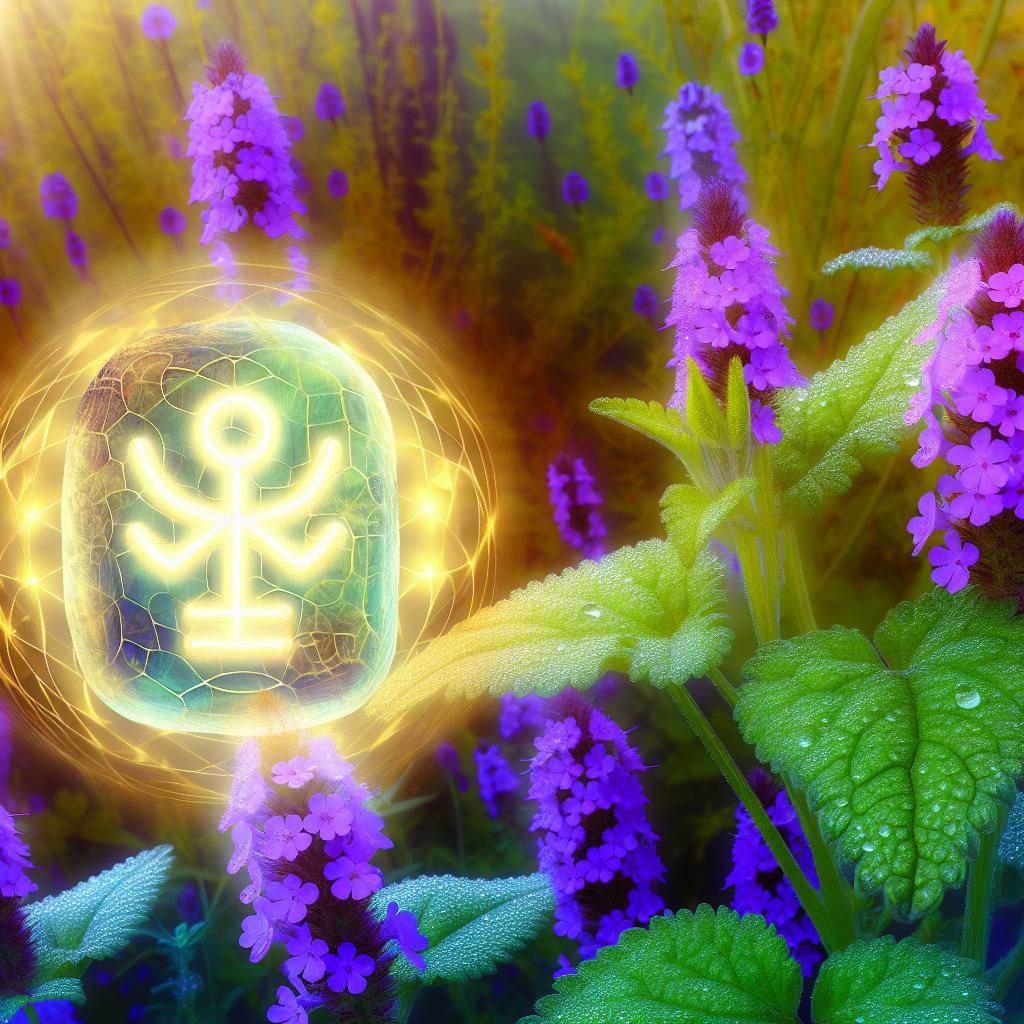Introduction
Cedarwood incense has occupied an integral position in religious and spiritual rites across diverse ancient civilizations. Its deployment in sacred spaces and temples is extensively documented, indicating both its ceremonial import and the symbolic resonance it held for practitioners. The distinct aromatic characteristics of cedarwood, coupled with its accessibility in specific geographic locales, propelled its popularity as a choice material for sacred customs and rites.
Historical Context
Cedarwood incense is indelibly linked with ancient temples, particularly in geographic hubs such as the Middle East, North Africa, and parts of Asia. The inception of its use is traceable to several millennia past, with archaeological and textual evidence suggesting its integration into the religious rituals of early civilizations, notably the Egyptians, Babylonians, and Hebrews. During these periods, temples served as pivotal centers for worship and ceremonial life, making the incorporation of incense an essential component of the varied liturgical activities undertaken therein.
Throughout history, the aromatic ambiance crafted by cedarwood incense encapsulated more than just sensory pleasure. It was aligned with religious rites that defined the spiritual landscape of these regions. Temples, being the epicenters of divine communion, religious instruction, and community gatherings, found cedarwood incense valuable not only for its olfactory qualities but also for its ability to create an atmosphere conducive to religious experience and contemplation.
Symbolism and Purpose
The deployment of cedarwood incense in ancient sacred spaces transcended its pleasant fragrance, serving manifold symbolic purposes. Cedarwood, in religious traditions, was posited as a representation of purity, protection, and spiritual elevation. The incense’s smoke, as it ascended, was believed to serve as a vehicle for carrying prayers and offerings toward the deities, thus acting as a bridge between the tangible physical reality and the ethereal spiritual domain. Such beliefs had a profound and pervasive influence on the religious ceremonials of those times, inscribing the usage of cedarwood deeply in the sacred practices of numerous ancient cultures.
In these contexts, the act of burning incense was an invocation, a physical and visible manifestation of the worshipers’ hopes and petitions being sent heavenward. The aromatic smoke was also thought to sanctify the space, purifying the environment and making it suitable for divine interaction.
Cedarwood in Specific Cultures
In the realm of Ancient Egypt, cedarwood incense assumed crucial roles due to its esteemed purifying attributes. Considered sacred and essential, it was employed extensively within temples and in the mummification processes to assist in the transition to the afterlife. The Egyptians’ reverence for cedarwood is evidenced through not only its ceremonial usage but also textual records that recount its divine associations and practical applications.
Similarly, Babylonian and Assyrian societies attributed tremendous value to cedarwood due to its aromatic properties. In these cultures, incense was central to religious rituals, employed in ceremonies designed to appease the gods and secure their favor. In Hebrew rites, cedar embodied religious symbolism and was an integral aspect of temple rituals. References within biblical scripts highlight its importance, underscoring the connection between aromatic cedar and spiritual devotion.
Trade and Availability
The commercial exchange of cedarwood throughout ancient epochs was widespread, owed largely to its desirability as a sacred substance. The prominence of Lebanese cedar, endemic to the Mediterranean, facilitated the provision of cedar products to temples throughout the ancient world. This trading practice elucidates the interconnectedness and interdependence among ancient civilizations, showcasing the interplay between commerce and cultural exchange.
Merchants and traders carried cedarwood across vast distances, linking cultures and contributing to a shared religious heritage. This commerce not only fueled the widespread use of cedar but also spurred an exchange of ideas, weaving a tapestry of interconnected religious practices across disparate cultures.
Conclusion
In ancient temples, cedarwood incense transcended a mere utilitarian function; it was a cornerstone of spiritual and religious life. Its tangible attributes, such as the refreshing scent, merged with its profound symbolic implications to affirm its constant use over centuries. These features, combined with its deep-rooted religious connotations, elucidated why it remained so integral to the sacramental traditions of these cultures.
Cedarwood incense represents an intriguing subject of exploration for those delving into the spiritual practices of antiquity. By studying these rituals, scholars and enthusiasts can derive valuable insights into the means through which ancient peoples endeavored to forge connections with the divine through the medium of aromatic rites. The examination of cedarwood’s role in these traditions offers a window into understanding how early civilizations perceived their relationship with the sacred and the strategies they employed to navigate it.
Moreover, the persistent fascination with cedarwood’s role in ancient spiritual practices serves as a testament to the enduring human inclination to seek phenomena that bridge the sensory with the spiritual, the temporal with the eternal. Whether manifesting in ancient temples or modern-day practices, the legacy of cedarwood incense endures, reinforcing its timeless place in the human pursuit of the divine. For further exploration into cedarwood and its significance in ancient rituals, one may consult specialized sources in the field of ancient civilizations and sacred texts.

